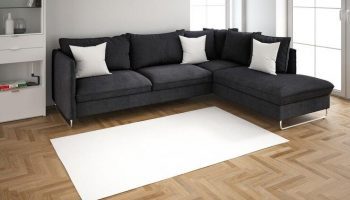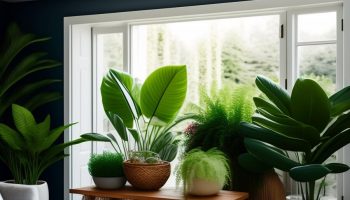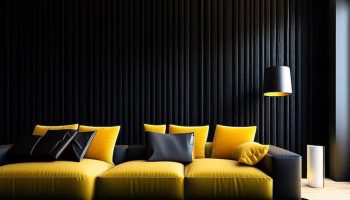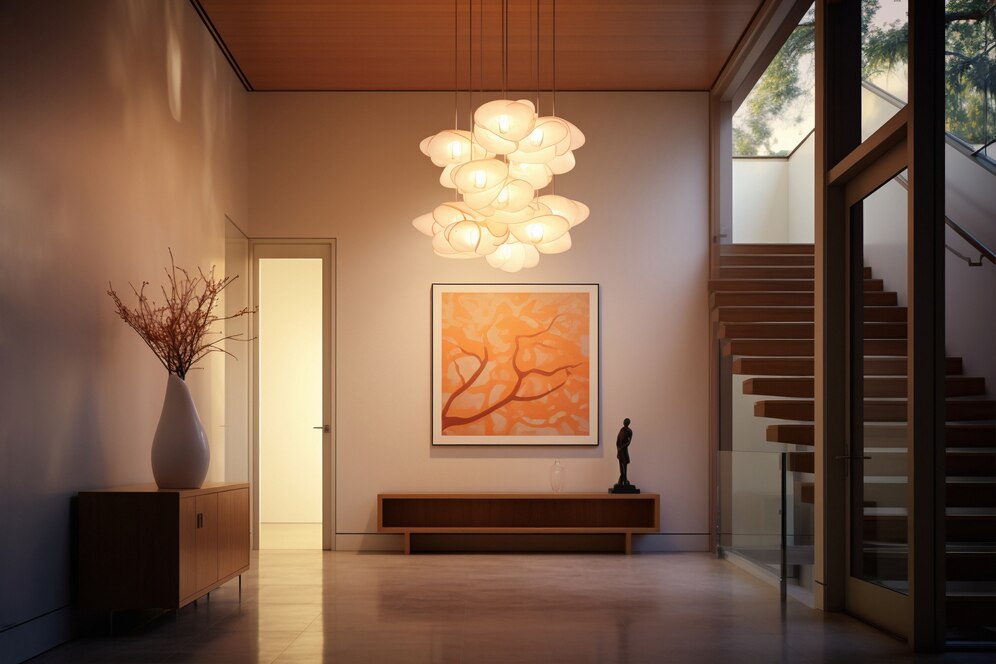Lighting plays a pivotal role in shaping the functionality as well as the ambiance of any space.
This is from creating a cozy atmosphere in homes to enhancing workplace productivity. Precise and thoughtful lighting tools can transform an environment. Understanding the different types of lighting and their uses is essential.
This is for anyone looking to optimize their space for comfort, efficiency, and aesthetics. Let’s dive in!
Ambient Lighting
General lighting is also known as ambiance lighting. It serves as the key source of illumination in a space. It provides a uniform level of light throughout an area. This creates a comfortable and safe environment. These are common sources of ambient lighting:
Ceiling-Mounted Fixtures
These include chandeliers and ceiling-mounted light fixtures. They provide a central source of light in a room. They are ideal for spaces with high ceilings.
LED Downlights
These are small, directional lights that can be recessed into the ceiling and provide focused light for tasks such as cooking or working on a countertop. They are energy-efficient and can be dimmed for different lighting needs.
Floor Lamps
These are ideal for living rooms, bedrooms, and offices; ambient lighting sets the tone of a space and allows for easy movement and visibility. They also add a decorative element to a room.
Task Lighting
Task lighting focuses light on specific areas. This aims to enhance visibility for activities that require attention to detail.
This includes:
- reading
- cooking
- working at a desk
This category of lighting aims to reduce eye strain. It also helps increase productivity by directing light exactly where it is needed. These are examples of task lighting that provides the necessary illumination:
Desk Lamps
These are perfect for lighting up a workspace, whether it’s in an office or at home. They come in various sizes and styles to fit any desk setup and can be adjusted for optimal lighting.
Under Cabinet Lighting
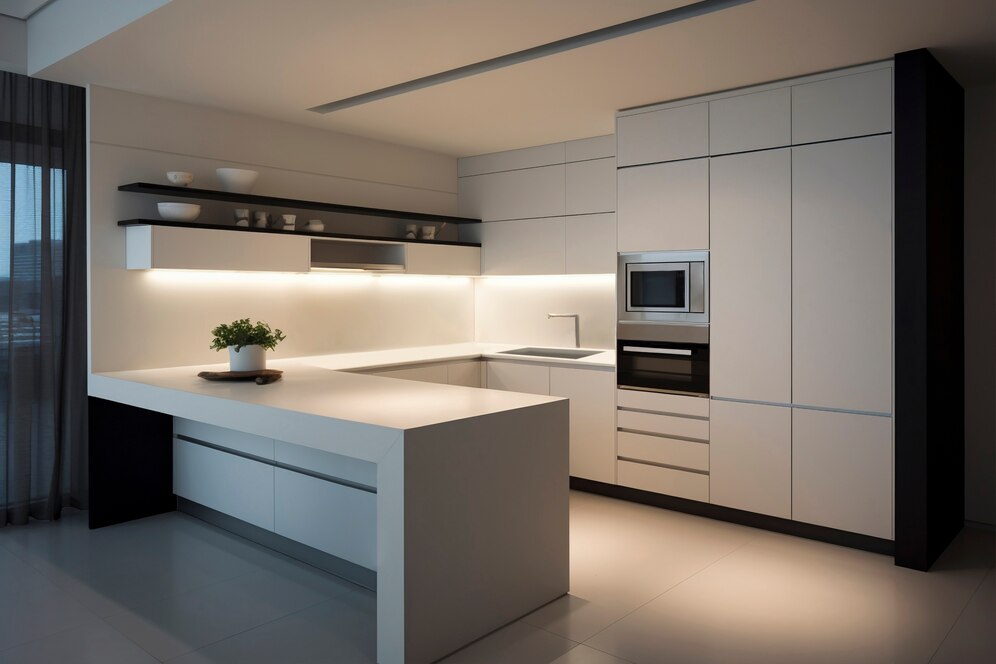
This type of task lighting is commonly used in kitchens to provide additional light for cooking and food preparation. It can also be used in workshops or other workspaces where extra light is needed.
Flashlights
While not a traditional form of task lighting, flashlights can serve as a convenient and portable source of light for reading or working on small tasks in dimly lit areas.
This is a common lighting gear used by professionals and hobbyists because of its versatility and convenience. Task lighting is an essential element in any workspace. Make sure to purchase LED flashlights, as this will add to the ambiance and functionality.
Its diverse lighting applications are crucial in promoting eye health and reducing eye strain.
Pendant Lights
Pendant lights are suspended from the ceiling and can be used as both ambient and task lighting, depending on their placement. They are commonly used over kitchen islands or dining tables. It can also be utilized in offices or reading nooks.
Accent Lighting
Initially, accent lighting has been used to highlight specific features or objects within a space. These are such as:
- artworks
- plants
- architectural elements
Accent lighting adds depth and dimension to a room. It draws the eye to focal points. It also enhances the overall aesthetic appeal. These are commonly used for accent lighting purposes:
Track lighting
Track lighting is a versatile and flexible option for accent lighting. It consists of multiple lights attached to a track that can be adjusted and directed to shine on specific areas or objects.
Wall-Mounted Fixtures
Wall-mounted fixtures, such as sconces or picture lights, are also popular for accent lighting. They can be used to highlight a particular piece of artwork or add ambient light to a room.
Recessed Lights
This is also known as can lights. Recessed lighting technology is installed into the ceiling and provides a subtle yet effective way to highlight certain features in a room. It creates a clean and modern look while also providing functional light.
This allows for precise control over the direction and intensity of light.
Decorative Lighting
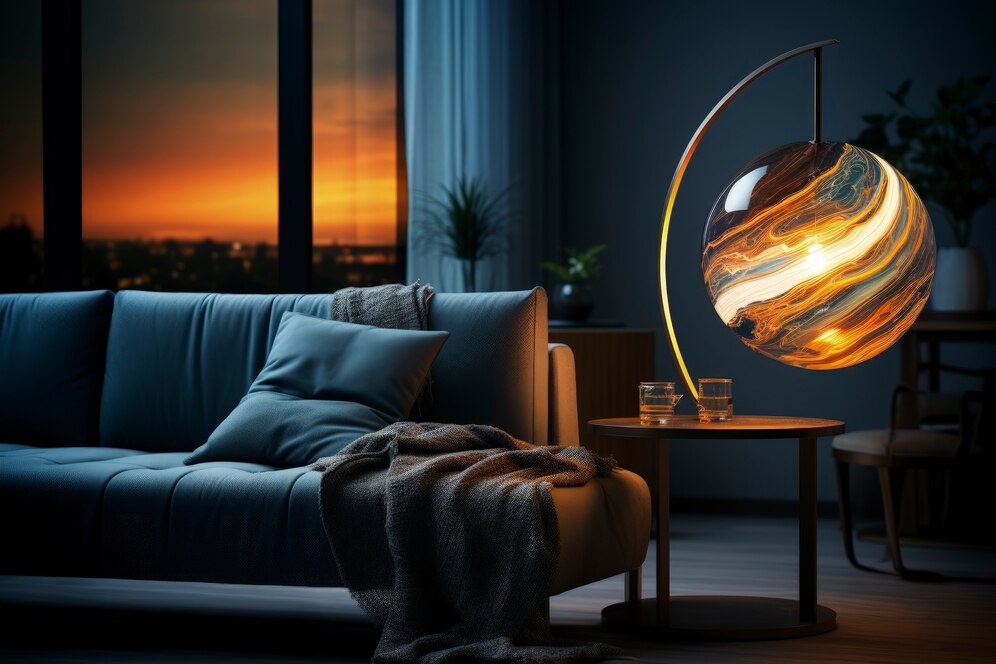
Decorative lighting serves both an aesthetic and functional purpose. It adds visual interest to a space while providing additional illumination. These are examples of decorative lighting that can act as statement pieces in a room:
Chandeliers
Chandeliers are a popular choice for creating drama and elegance in a space. They come in a variety of styles, from traditional to modern, and can be used as a focal point in a room or to complement other design elements.
Table Lamps With Decorative Shades
These are portable light sources that can be moved around to different areas of a room. They come in a variety of shapes, sizes, and designs. A table lamp with a decorative shade can add texture and color to a space while providing task lighting for reading or working.
String Lights
Beyond their practical use, these lighting tools contribute to the ambiance and style of a space, reflecting personal taste and design preferences. They can be used outdoors for parties and events or indoors to plan a cozy and romantic atmosphere.
Candle Holders
Candle holders add warmth and character to any room with their soft glow. They come in various shapes, sizes, and materials, such as wood, glass, metal, or ceramic. In addition to traditional candles, there are now battery-operated or LED options available that offer the same effect without the risk of fire.
Natural Lighting
Natural lighting, though not a “tool” in the traditional sense, is an essential component of lighting design. The use of windows, skylights, and glass doors to allow sunlight to enter a space can significantly impact mood, productivity, and the perception of color.
Properly harnessing natural light can reduce the need for artificial lighting during the day and create a lively and inviting atmosphere.
Landscape Lighting
Landscape lighting is designed for outdoor use, enhancing the visibility, beauty, and security of exterior spaces. Pathway lights, floodlights, and spotlights are types of landscape lighting that illuminate walkways, accentuate garden features, and deter intruders.
Landscape lighting extends the usable time of outdoor areas, making them more enjoyable after sunset.
Understanding The Lighting Tools And Its Different Types And Uses
Understanding the distinct purposes and applications of these lighting types enables individuals to make informed decisions when illuminating their spaces.
Whether it’s creating a warm and inviting home, increasing functionality in a workspace, or highlighting the beauty of an outdoor area, the right combination of lighting tools can significantly impact the feel and functionality of any environment.
So, what are you waiting for? Let’s dive into the different types of landscape lighting and their uses.
Did you find this article helpful? Check out the rest of our blogs!
Read Also:









